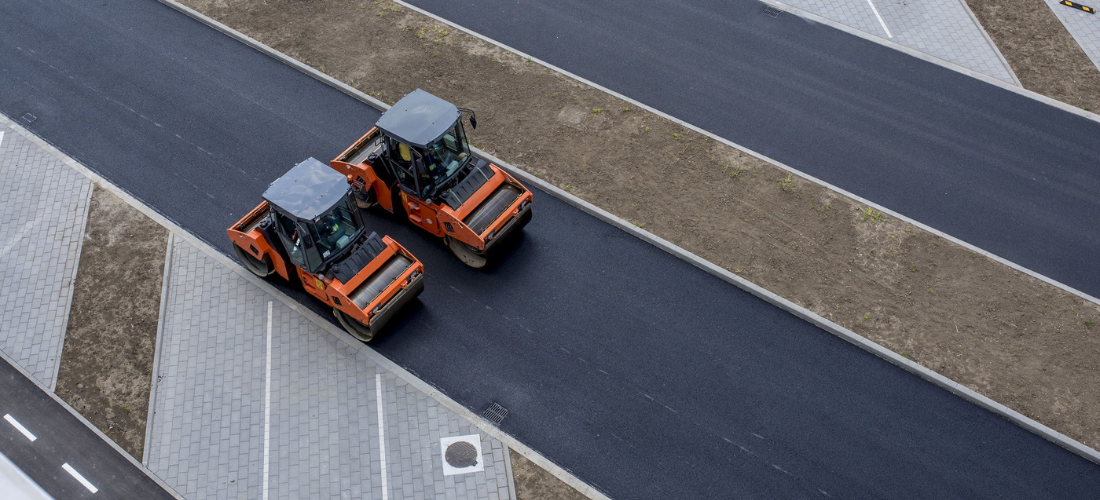Seal coatings are one of several treatments used to preserve asphalt pavements, with chip seals being the most frequent. Chip seals are not the greatest surface treatment option in some applications, such as places with frequent or high-stress turning motions, such as closed roads or crossroads, and can result in chip loss and/or bleeding.
The goal of this article is to describe existing seal coat techniques and offer alternatives for Indian roads such as Microsurfacing that provide pavement protection, increase pavement life, and avoid the stated concerns. Other surface treatment techniques utilized in India include fog seals, bio seals, sand seals, sandwich seals, slurry seals, and micro surfacing, as well as numerous proprietary or brand-name materials.
A successful alternative was defined as a seal that did the following:
- Reduces the impact on the commuting public and nearby homes in metropolitan areas;
- Works well in situations with a high volume of turning motions, such as cul-de-sacs, parking lots, trails, and intersections
- Other areas where cities and towns have historically struggled to lay chip seals;
- Results in the same positive effects as a chip seal but without the need for cover aggregate;
- Is resistant to scraping or abrasion
- Has a quick curing time; and can be spray applied.
Alternatives:
- Microsurfacing
For friction qualities, microsurfacing in India is a thin, firm layer of asphalt emulsion and additives combined with finely crushed stone. Microsurfacing also acts as a protective seal layer and can help to extend the life of the pavement. Microsurfacing rejuvenates the road surface by sealing tiny fractures and other abnormalities, inhibiting raveling and surface oxidation, improving surface texture, and filling minor ruts and other surface irregularities.
However, because it uses a polymer-modified emulsion and additional additives such as cement, microsurfacing in India is often more reliable than slurry seals and chip sealing. Microsurfacing is becoming more popular for highway applications because of improved performance and the previously mentioned benefits.
- Slurry Sealing
Slurry Seal is a blend of high-quality aggregate, slow-setting asphalt emulsion, fines, and additives. It can restore surface texture by providing a skid-resistant wearing surface, enhance waterproofing qualities, remove raveling, and create a new surface when weight limits prevent the use of heavier overlays. It’s also a fantastic tool to use in subdivisions where curb exposure is a concern, as it typically helps keep the minimum curb exposure regulations in place.
Slurry seals should be utilised primarily on good condition pavement and should not be used to adjust surface profile (microsurfacing should be used instead), fill potholes, or ease cracking.
- Fog Seal
Without aggregate cover, fog seal is a light coating of diluted, slow-setting asphalt emulsion, rejuvenator, or bio seal product. The pavement surface must be dry, clean, and in good condition when used. The application rate of the liquid asphalt or rejuvenator, which should be in the range of 0.05 to 0.15 gal per square yard, is a vital factor for fog sealing.
Furthermore, the road should not be reopened to traffic until the surface has been healed and appropriate friction has been restored. In general, a fog seal can be used when there is light to moderate raveling and/or oxidation, but not when there are any structural distresses.

